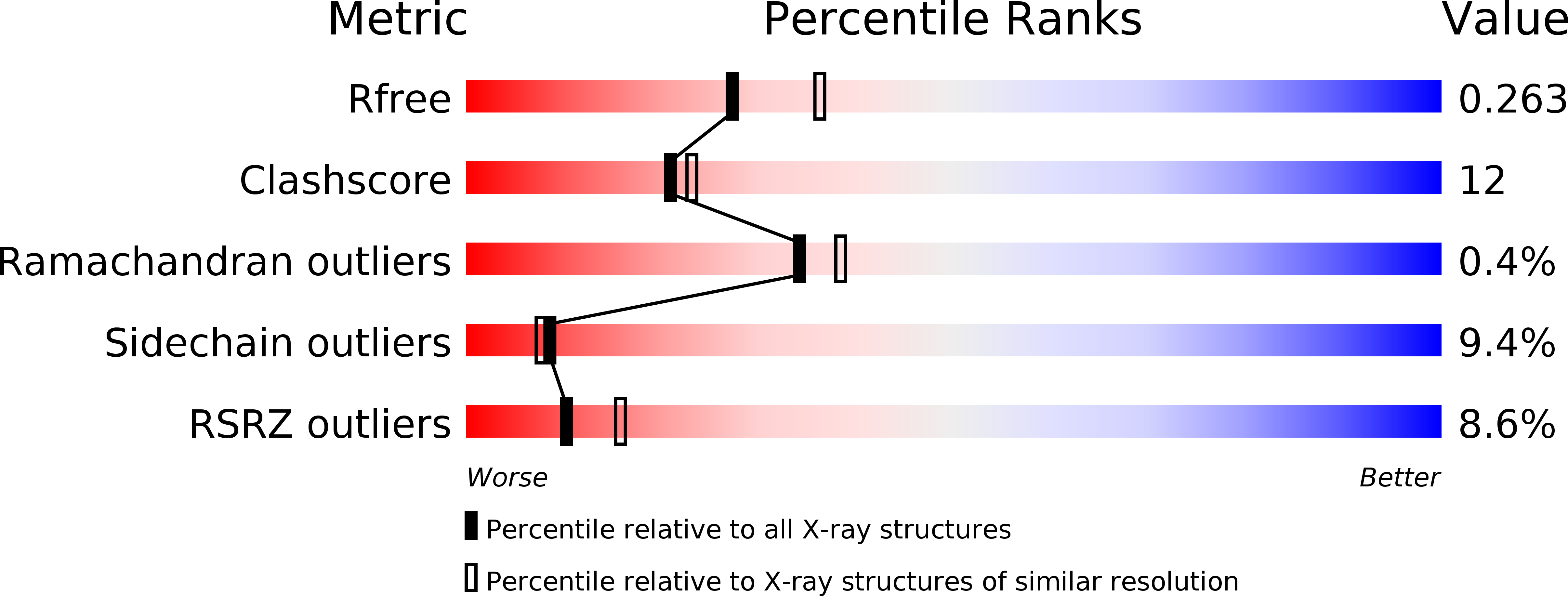
Deposition Date
2012-01-24
Release Date
2012-07-04
Last Version Date
2024-11-13
Entry Detail
Biological Source:
Source Organism:
THERMOANAEROBACTER PSEUDETHANOLICUS (Taxon ID: 496866)
Host Organism:
Method Details:
Experimental Method:
Resolution:
2.35 Å
R-Value Free:
0.26
R-Value Work:
0.22
R-Value Observed:
0.22
Space Group:
P 2 21 21


